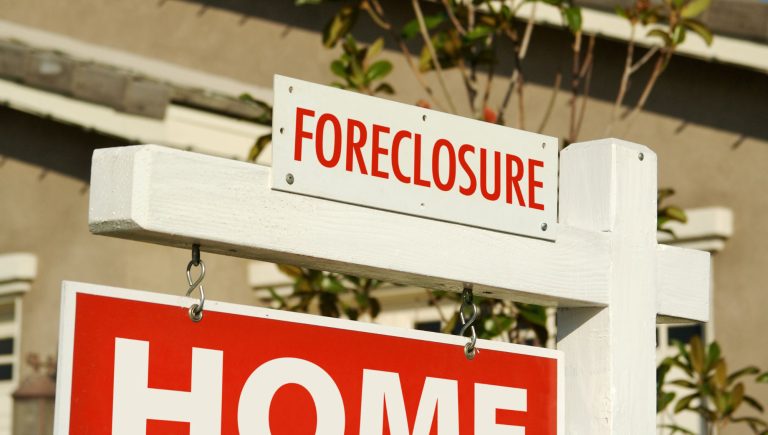Investing in Real Estate as a High Income Earner
There are two ways that real estate investment can benefit high income earners financially:
- A long-term appreciating asset, which is a hedge against inflation, and also has the potential to provide a consistent monthly income stream.
- A tax benefit and effective way to reduce your taxable income (like Donald Trump and many other wealthy individuals)
For high income earners, investing in short term rentals checks both of these boxes – even if your primary income is unrelated to real estate! Continue reading to see how:
Receive More Info About Investing in Real Estate as a High Income Earner

Understanding the Short-Term Rental (STR) Tax Advantage
The short-term rental tax loophole offers a way for investors—especially high-income professionals who don’t qualify as real estate professionals—to reduce their tax burden. This benefit stems from exceptions in the IRS tax code that can allow STR income and losses to be treated as non-passive, even if you aren’t a real estate professional.
Why This Matters
Normally, rental income is considered passive, and passive losses can’t offset active income like W-2 wages. But under certain conditions, income from STRs isn’t classified as rental activity, allowing losses to be used to reduce your regular taxable income.
When a Rental Isn’t a Rental (Per IRS Reg. Section 1.469-1T)
A property may not be classified as a rental if it meets any of these six conditions:
- The average guest stay is 7 days or less.
- The average stay is 30 days or less, and you provide substantial personal services (like daily cleaning or meals).
- Extraordinary personal services are offered, regardless of stay length.
- The rental is incidental to a non-rental activity (e.g., renting out a room during a workshop).
- The property is used for short-term business purposes with nonexclusive customer use.
- It’s used by a business entity in which you hold an ownership stake.
Material Participation Rules
To fully benefit from this loophole, you must materially participate in managing your STR. The IRS provides several ways to qualify, including:
- Spending over 500 hours on STR activities in a year.
- Doing almost everything yourself.
- Working more than 100 hours, and no one else contributes more time.
These first three are the most common routes for STR owners.
Why This Matters: Using Losses Strategically
When your STR income is treated as non-passive, you can use any depreciation-related losses to offset regular income like W-2 wages. This creates a powerful tax advantage.
Leverage Depreciation With Cost Segregation
To maximize deductions:
- Work with a real estate-savvy CPA to conduct a cost segregation study.
- This separates out parts of your property (like appliances or landscaping) into 5- or 15-year depreciation categories instead of the standard 39 years.
Example: A $1M property might allow $250K to be depreciated quickly, generating substantial tax deductions.
In summary, the short-term rental tax strategy allows you to transform STR losses into valuable tax offsets, even without real estate professional status—as long as you meet the IRS’s material participation and activity classification rules.

